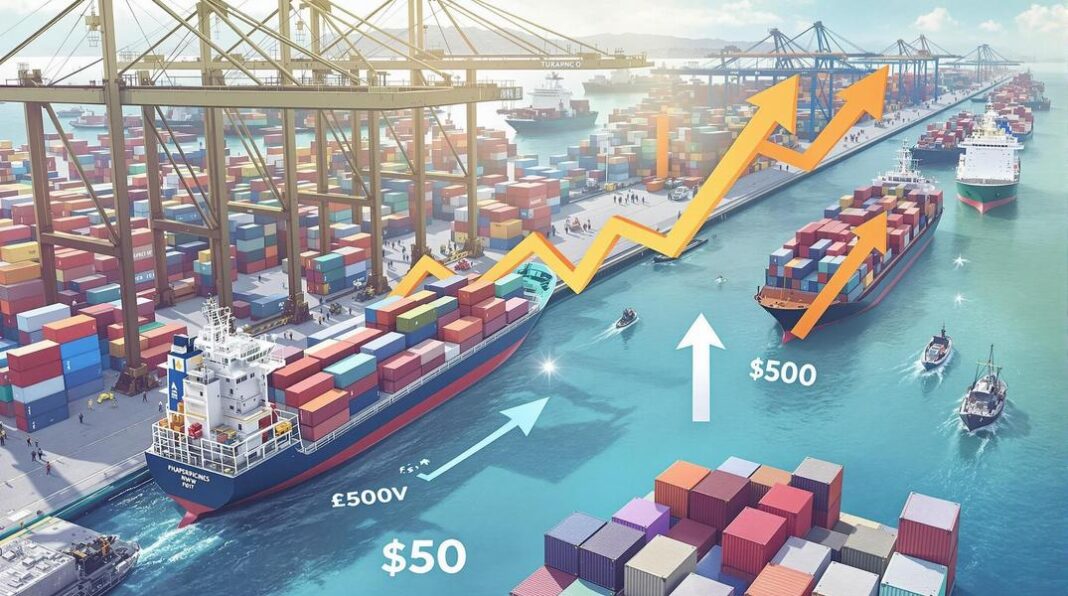Understanding China Sourcing Agent Fees: What Businesses Need to Know
Businesses sourcing products from China typically pay between 5% to 10% of their total purchase amount in agent fees. This commission-based structure varies widely depending on order size, product complexity, and service scope.
The growing trend of outsourcing production to China has made sourcing agents essential intermediaries for many Western companies. These professionals help navigate the complexities of Chinese manufacturing while managing costs and quality control.
Fee structures aren’t standardized across the industry. Instead, they fluctuate based on several key factors that businesses should understand before engaging an agent.
Product complexity plays a significant role in determining costs. More technical or specialized items require greater expertise and more intensive quality control procedures, often resulting in higher commission percentages.
Order volume creates another variable in the pricing equation. Larger orders may qualify for lower percentage rates, though the total commission amount increases with order size.
The scope of services provided also impacts the final fee structure. Many agents offer comprehensive support including supplier identification, negotiation, quality control, and production management.
But pricing isn’t the only consideration when selecting a sourcing agent. The process involves finding representatives who understand both manufacturing requirements and compliance issues for specific markets.
Logistics management represents another critical component of the sourcing process. Agents often coordinate shipping and handle freight charges, adding another layer to the cost structure.
Companies selling on platforms like Amazon face additional complexities. These businesses need agents who understand marketplace regulations and can ensure products meet all required standards.
Despite the costs involved, many businesses find that professional sourcing agents ultimately save money by preventing costly mistakes and negotiating better terms with manufacturers.
The key takeaway for businesses entering the Chinese manufacturing market? Understanding fee structures upfront helps prevent surprises and allows for more accurate cost projections when developing product sourcing strategies.


